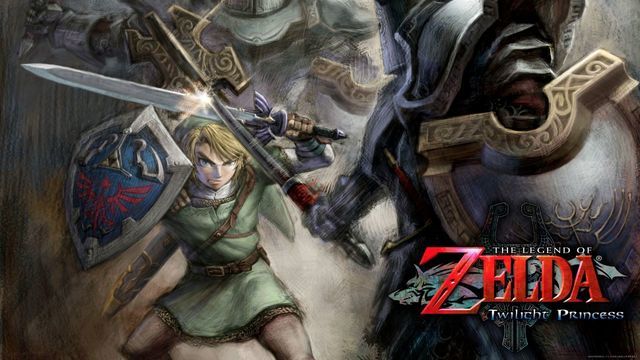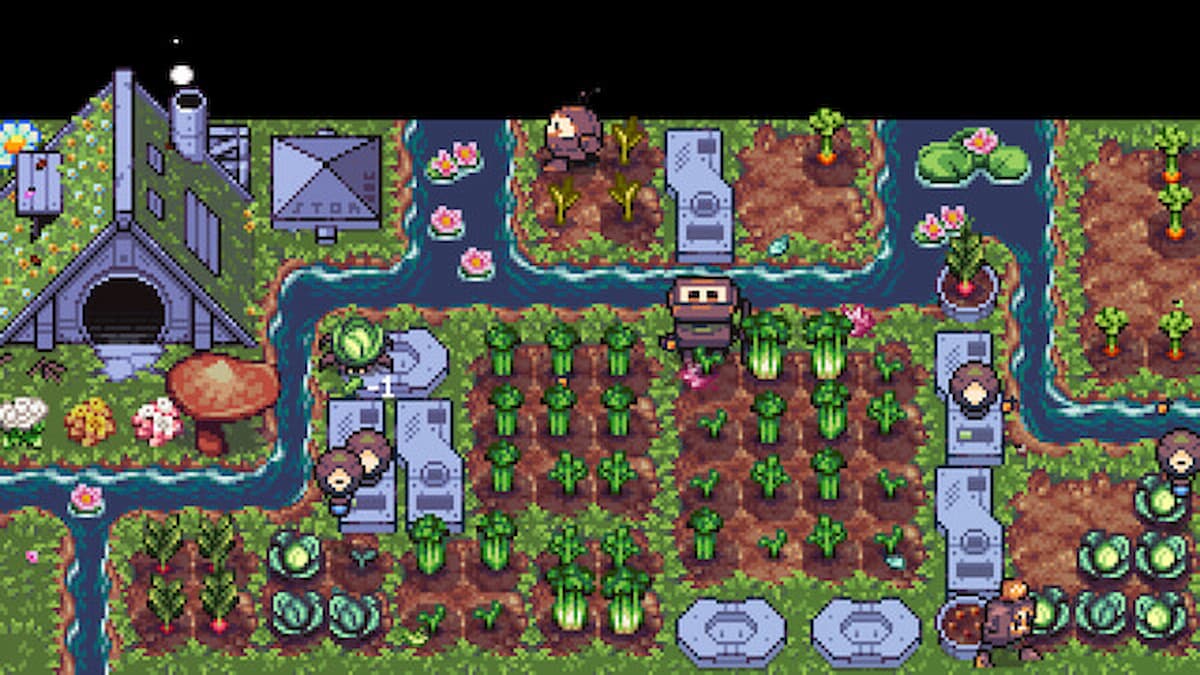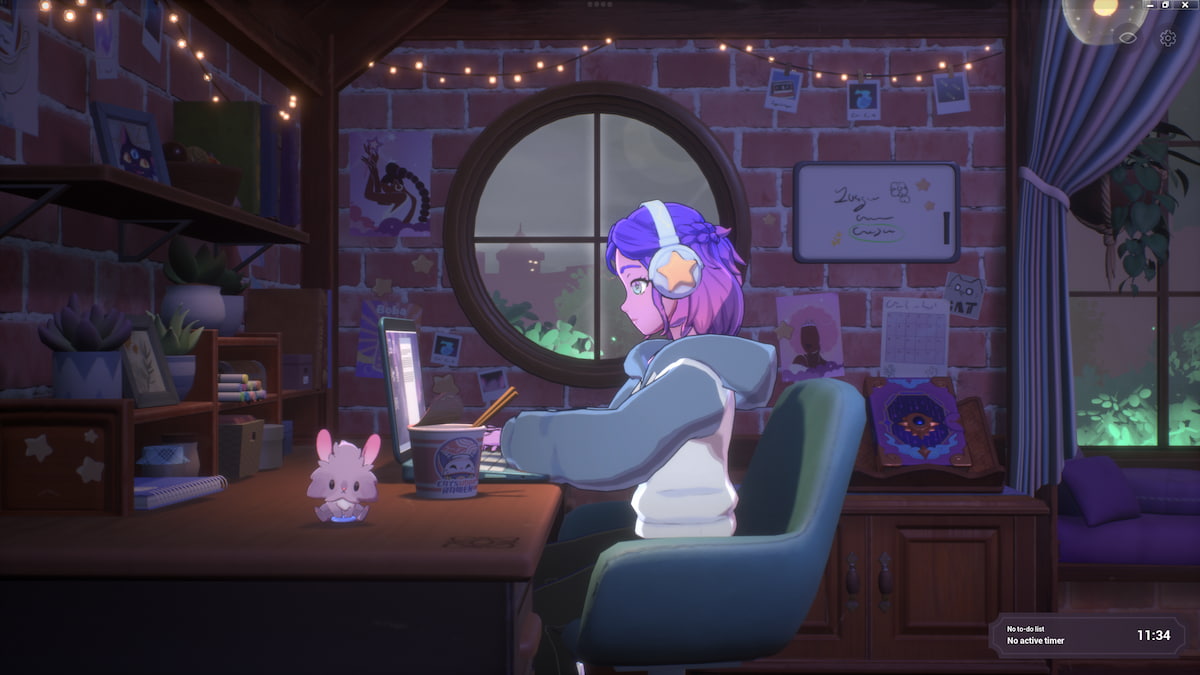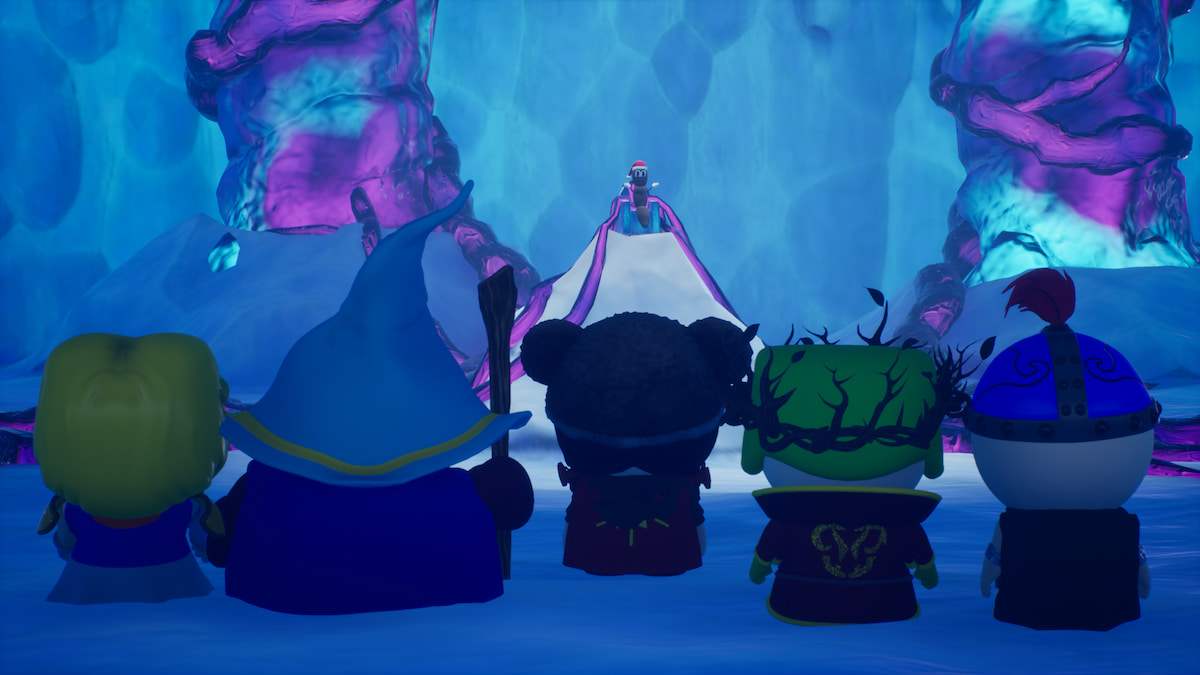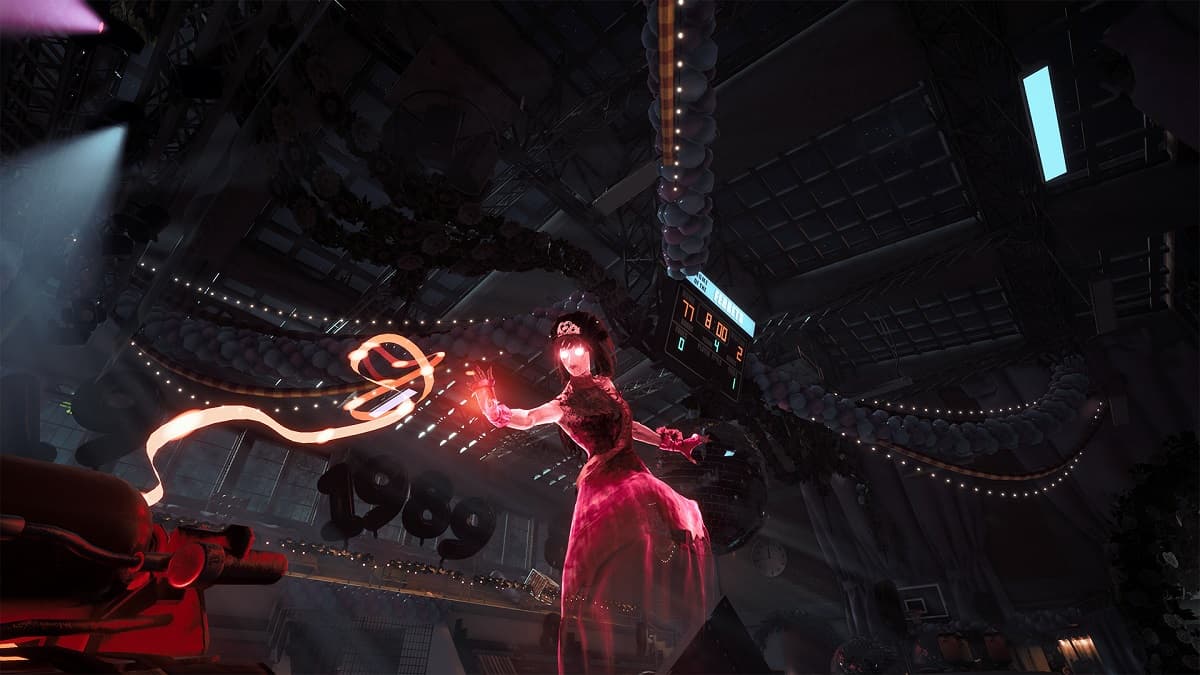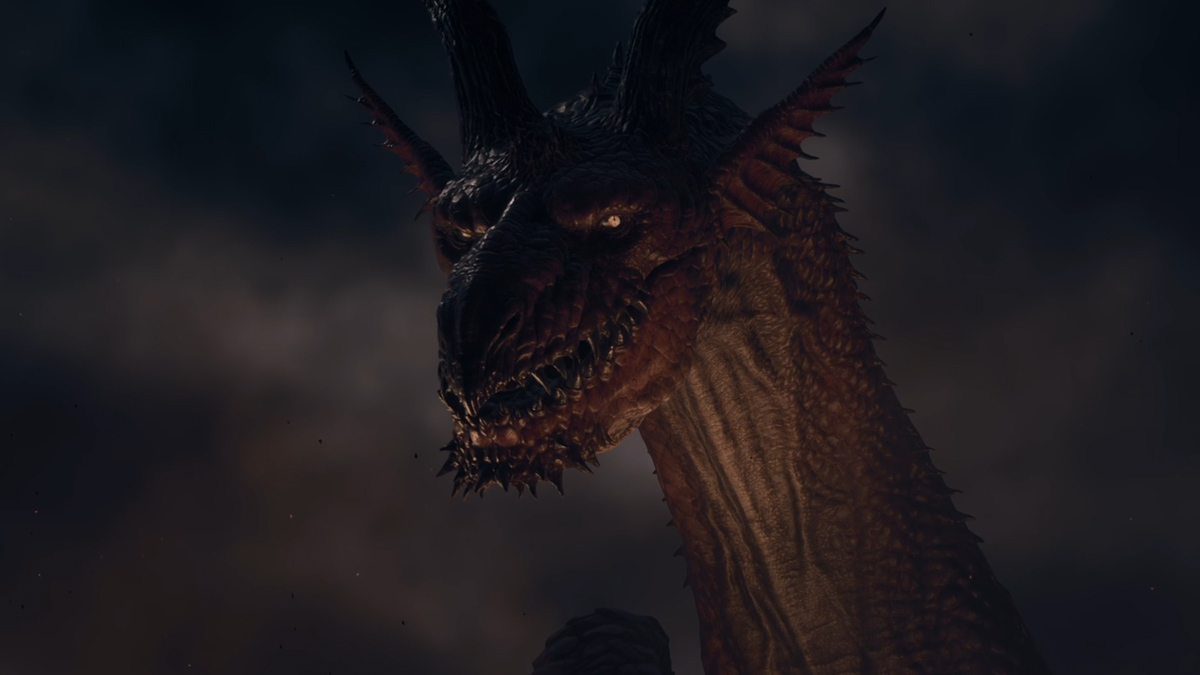There is a second dimension beyond that which is known to Hyrule. It is a dimension as vast as a single dungeon, and as timeless as Ocarina of Time. It is the middle ground between endless night and the break of day, between dark magic and the Holy Triforce, and it lies between the pit of poor reception and overzealous Midna fandom. This is the dimension of Ganon’s domain. It is a game we call… The Legend of Zelda: Twilight Princess.
That’s right, we’re in Week 12 of the Legend of Zelda Rewind Review. As with all Rewind Reviews, The Legend of Zelda: Twilight Princess will undergo a review process through the eyes of a modern critic. No nostalgia glasses, no excuses, no rationalizing hardware limitations, and no sparing myself from angry fans and readers. Nothing will excuse this game from anything that we – as modern gamers – would expect to see in the genre today.
Now let’s get our lycanthrope on, and prepare for horseback combat in The Legend of Zelda: Twilight Princess on the Wii and Gamecube!
The Plot

Twilight Princess‘s story follows a different Link than we are accustomed to. While he is still the “chosen hero” we have come to adore, Link is by no means a hero by nature. Instead, at the start of the game the Link we find in Twilight Princess is nothing more than a farm hand – one whose only foreseeable destiny was to deliver a sword to the Hyrule Royal Family as tribute.
After a series of events around town, Link is eventually forced to pursue a group of strange goblin-like creatures known as bulblins who have kidnapped the town’s children. He is stopped by a Barrier of Twilight, but the courageous youth breaks through the wall without so much as a second thought. However, the Twilight Realm he enters warps his body into the well-known Wolf Link seen in the title’s various pieces of splash art.
In this Twilight Realm, Link meets a mysterious imp going by the name of Midna, who guides him to Hyrule Castle. Here, Link meets none other than Princess Zelda, who tells him about a war that happened between the Usurper King, Zant, and the Kingdom of Hyrule. After Zelda was forced to surrender to the undefeatable forces of the Twilight Realm, the kingdom was thrown into shadow. With Midna as his guide, Link quickly sets out to vanquish the Usurper King, Zant, and free the Kingdom of Hyrule from the grasp of the Twilight Realm.

Ever since her introduction in Twilight Princess, Midna has been a favorite among fans of the series for her sarcastic nature and playful banter.
The story in Twilight Princess gets much more complicated as the game goes on. We learn many things about the Realm of Twilight, the conflict between Hyrule and the Twilight Realm, and of our strange sidekick, Midna. It is also one of the more heartfelt tales in the series as the characters are serious enough that players can feel immersed in the story, and likable enough that you actually want to see what happens next.
Twilight Princess provides quite the jump from the previous few titles where the story was weak or completely absent. That said, it tends to have a somewhat scattered nature at times. Several dungeons in the game do not feel as though they belong. Instead, they feel like they were improperly slotted into the story for the sake of getting key items. For the most part, however, the story is enjoyable, and at times, moving.
However, don’t expect something on the level of The Last of Us as the only dynamic character in the story is the titular Twilight Princess herself.
The Gameplay
The Good:
The Legend of Zelda: Twilight Princess follows the formula that makes 3D Zelda titles great. Puzzles are somewhat simple, but complex enough that they warrant existence. The main focus – combat – feels tight, and you never receive a hit that makes you feel as though you have been cheated.
While there are few enemies that present new challenges to players, the game does a good job of reprogramming age-old enemies and making them slightly more effective. Enemies such as Armos, Aeralfos, Stalfos, and more feel like genuine threats – even if many of them are unlikely to defeat the experienced player. The Darknut, however, has been transformed into a two-stage enemy that can present some challenge to veterans when encountered in groups.
The infamous Darknut in Twilight Princess still stands as one of the most difficult common enemies in the series to date.
Combat has seen both an upgrade, and a downgrade when compared to the previous Legend of Zelda 3D title, The Wind Waker. Twilight Princess has added many new combat features such as seven hidden skills, horseback fighting, and shield-based combat. However, it has also lost the beloved parry system that was introduced in The Wind Waker.
However, not all is lost in terms of those flashy sword tricks. The rolling parry found in Wind Waker has since had its animation repurposed as the Back Slice hidden skill, while the overhead parry has been changed to the Helm Splitter. Both can be used at any time after they have been learned, and can be activated in many ways, ranging from simply rolling to the side while in combat, to shield-bashing an enemy.
Other skills such as the Mortal Draw, the Jump Strike, and the Great Spin are also fairly flashy in their own way. However, the Final Strike skill is by far the most useful, providing a method of ending battles sooner instead of having the player wait around for an enemy to get back up.

The Hero’s Shade acts as Link’s new mentor in Twilight Princess. However, his true origins hint at him once being a legendary hero himself…
I also feel it necessary to state how ingenious some of the dungeon designs in this game are. Unlike previous titles, Twilight Princess tends to have one item that serves as a “key” of sorts within each dungeon. The dungeons have been developed around using these items, and as such they provide many inventive ways of using the item that you wouldn’t expect to find in other Legend of Zelda titles.
A prime example of this is the Spinner. Found in the Arbiter’s Grounds, the Spinner allows Link to propel himself in a single direction and latch into certain grooves found on walls. These grooves act as rails that speed Link along massive areas in the blink of an eye, and they also lead to some of the most exciting boss battles and memorable dungeons I have ever faced in the series.
Another example is the Dominion Rod which allows you to take over massive statues and command them to do your bidding.
The Bad:
While these items are still fresh in our minds, I should also add that they have virtually no use outside of the dungeons they are found in. This is compounded by the lack of things to do outside of dungeons in general. In fact, compared to previous 3D Legend of Zelda titles, Twilight Princess has the least extra content in series history – outside of handheld titles. Aside from the purchasing of the Hyrule Town Malo Mart, and the Cave of Ordeals, the only real side-quest is the search for Golden Bugs and Poe Souls. None of these quests – aside from the Cave of Ordeals for combat lovers – are enjoyable at all.
Unlike the Golden Skulltula quest from Ocarina of Time, the fetch quests are time-consuming and not fun at all since both poes and Golden Bugs are near impossible to find without a guide and the rewards are far from satisfying…
Another issue is that the story takes a little while longer than most Legend of Zelda titles to ramp up. During my review run of Twilight Princess, I had spent almost 45 minutes running random errands before I had the chance to hit an actual enemy with a wooden sword. After that, it was still another twenty minutes or so before Link turns into the wolf form – and this only lead to another 30-minute tutorial level of the wolf form’s abilities. This overly long tutorial is one that I think many fans of this title seem to overlook, especially since they complain about Skyward Sword’s tutorial even though Twilight Princess’s is just as long, if not longer.
Then there’s the tedious job of collecting the Tears of Light. I’m not entirely certain what possessed the game’s developers to add this feature, but it is not fun at all. Whenever Link travels to a new section of the map, the player must defeat sixteen Twilight Bugs in order to collect sixteen tears of light. Once these are collected, the Light Spirit awakens and removes the Twilight Realm from that area, allowing Link to return to his human form. Although the process is not particularly difficult, it is time-consuming in the most unfair way possible. Sometimes the tears are found in no time at all; however, certain areas can take players almost an hour to collect all sixteen. It is not a fun feature, and one that hampers the game’s replayability if you simply want to get into the dungeons.
A last flaw – and perhaps one of the most overlooked in the game – is Hyrule Field itself. While riding a horse around Hyrule was a cool concept back in 2006, the appeal has been lost in 2015. Hyrule Field feels cramped, barren, dingy, and overall unpleasant. There are only 4-6 enemies in any given area, and only one area has 3 mounted enemies to fight with – all of which go down with a single horseback spin attack.
This would look beautiful… if it weren’t so darn empty and dreary…
Furthermore, Hyrule Field being divided into 5 different areas slows exploration down to a halt. Hyrule Field in Twilight Princess might as well be the Great Sea from The Wind Waker since there is virtually no content to be found in any of its areas. In essence, Hyrule Field is a waste of time, and was purposefully designed to house the few story events that revolve around it.
The Downright Inexcusable:
For some unknown reason, Nintendo decided that every time you find a rupee in Twilight Princess you had to see this:

This might not be so bad since it only happens the first time. However, I should make it clear that it happens the first time you find any rupee above 1 rupee every time you start up the game. To add insult to injury, Link will return any rupees you find in a chest if you don’t have space in your wallet. This is particularly annoying for completionists as it leaves chest markers all over the map. If you are forgetful, or have an obsessive compulsive disorder that prevents you from leaving a temple without 100% completing it, Twilight Princess is not for you.
The Presentation

Twilight Princess isn’t the best looking game. While it does have a certain beauty in its art style, the low-resolution textures and poor anti-aliasing of the Gamecube and the Wii cause the game to suffer tremendously. One would think that after the success of The Wind Waker, Nintendo would have considered continuing with the art style. At the very least, the game’s developers should have picked up an art style that would look good on the hardware.
Instead we get this, a pixel-y, poorly executed mess that really takes away from the pleasure of the game. Anyone who claims that the game is still 100% as beautiful as they remembered it needs to get their eyes checked. The game’s art style has not aged well at all.
As for the music, Twilight Princess has a series of tracks that anyone who appreciates orchestrated music would enjoy. From the Hyrule Field theme to Midna’s Lament, the score is truly beautiful and helps the player feel at one with the world. However, I would have appreciated a better battle theme as the low-groaning string instruments get tiresome. This gets increasingly annoying if you are traveling through multiple encounters with smaller enemies such as Keese (bats) or rats.
Here’s the original soundtrack for you to judge for yourself:
The Verdict
The Legend of Zelda: Twilight Princess is a genuinely fun game. The dungeons are well-designed, the story is interesting, and the music is enjoyable. However, the abundance of items that are never used in later parts of the game, graphical flaws, and poor execution of an otherwise well-designed art style leave me wanting something more. With rumors of an HD remake of Twilight Princess for the Wii U circulating around the internet, I can only hope that Nintendo will put a genuine effort into fixing what flaws this otherwise solid Legend of Zelda title has.
Before replaying this game I had considered giving Twilight Princess a 9/10. However, my playthrough has revealed to me that the game is – in fact – greatly flawed. It is not often that I find myself having to check myself for nostalgia glasses, but when it comes down to it Twilight Princess isn’t terribly flawed, it just doesn’t have anything that makes it particularly great. As such, I give Twilight Princess a 7/10.
Week 12 of the Legend of Zelda Rewind Review is over, but there are still 4 more games to go! Be sure to check back on this article or the GameSkinny front page next week for future reviews, as well as swords and sorcery action as we make our way from the original 1986 release of The Legend of Zelda on the NES to the 2013 release of A Link Between Worlds on the 3DS!
Reviews in this Series:
- The Legend of Zelda (NES)
- The Adventure of Link (NES)
- A Link to the Past (SNES/GBA)
- Link’s Awakening/Link’s Awakening DX (GB/GBC)
- Ocarina of Time/OoT 3DS (N64/3DS)
- Majora’s Mask/MM 3DS (N64/3DS)
- Oracle of Ages/Oracle of Seasons (GBC)
- Four Swords (GBA)
- The Wind Waker (GC)
- Four Swords Adventures (GC)
- The Minish Cap (GBA)
- Twilight Princess (GC/Wii)
- Phantom Hourglass (DS)
- Spirit Tracks (DS)
- Skyward Sword (Wii)
- A Link Between Worlds (3DS)
- Tri Force Heroes (3DS)

